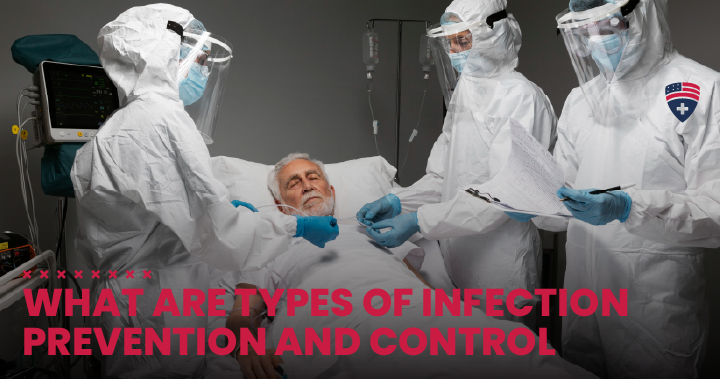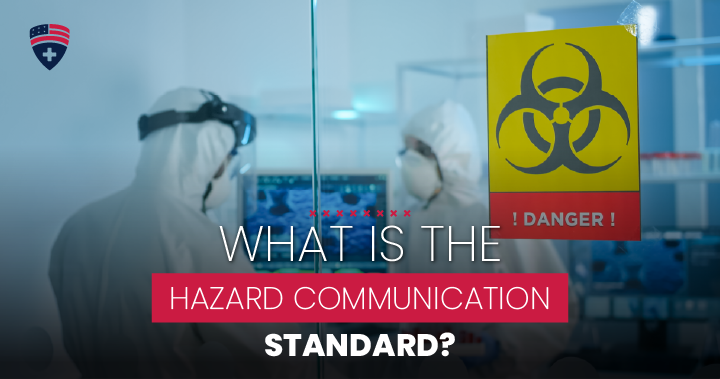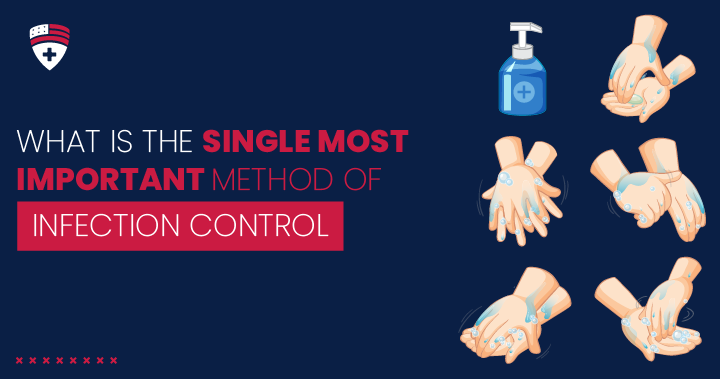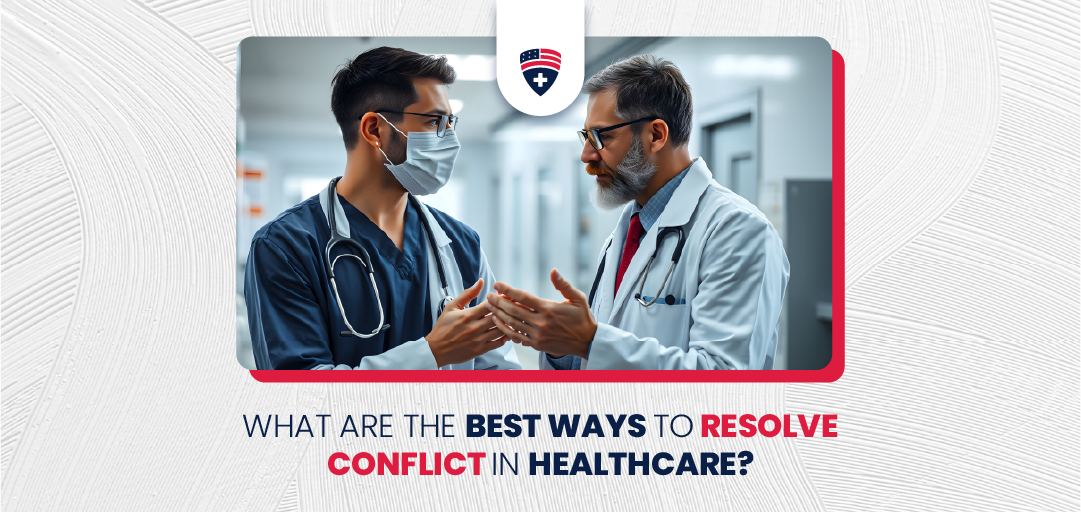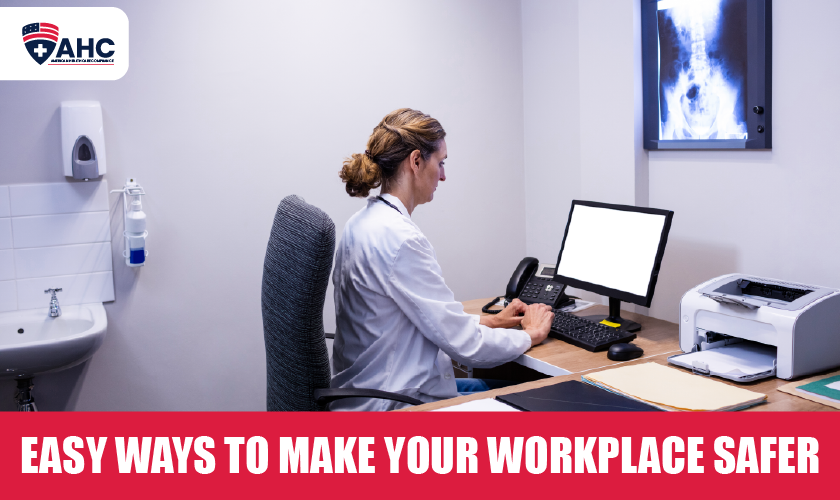
Ergonomics Training for Workplace Comfort
Ergonomics is the science of fitting jobs to workers instead of trying to get the worker to fit the job. It focuses on designing workstations, tools, and work tasks for safety, efficiency, and comfort.
What is the goal of ergonomics?
The main goal of ergonomics is to reduce the incidence of work-related musculoskeletal disorders (WMSDs). Additionally, it optimizes efficiency, quality, quantity, and overall comfort of labor output, striving to maximize these aspects while minimizing worker injury and turnover, fatigue, and overexertion.
What is ergonomic injury in the healthcare sector?
Musculoskeletal disorders (MSDs) are a major cause of injury among healthcare workers. These injuries are mostly the result of overexertion from repeated manual patient handling activities, which frequently involve heavy physical lifting associated with transferring, repositioning, and working in extremely awkward postures. Nursing assistants had the second-largest number of cases of MSDs.
Some examples of areas of a facility that may be identified as high-risk include:
- Bathing rooms
- Extended care wings
- Diagnostic units radiology
- Emergency department
- Spinal unit
- Orthopedics department
Ergonomics Statistics According to the Bureau of Labor Statistics
Health care and social assistance was the only private industry sector that had a decrease in the total number of cases in 2021, decreasing from 183,200 cases to 623,000 in 2021. This was driven by a 163,600 decrease in the number of respiratory illness cases in 2021, decreasing to 145,300 respiratory illness cases in this sector. In 2019, there were 3,500 respiratory illness cases in the private industry health care and social assistance sector.
How to reduce healthcare worker injuries?
Employers should implement the following measures:
- Workplace Analysis:
Employers must conduct a thorough assessment of the workplace to identify and rectify potential hazards and ergonomic stressors
- Recording and Analyzing Injuries:
Keeping records of injuries and analyzing them helps in recognizing patterns
- Implementing Hazard Prevention and Control Measures:
Employers should establish a combination of administrative and engineering controls. Administrative controls involve ensuring adequate staffing levels and conducting regular needs assessments. Engineering controls focus on the design, training, and utilization of tools and equipment that minimize injuries to healthcare providers, especially those used for patient lifting
- Training Programs:
Continuous education, led by a qualified trainer, is essential. Well-structured training programs ensure that both new and existing employees remain well-informed about ergonomic risks in the workplace. This empowers them to take proactive steps towards injury prevention.
Explore Our Course Library for More Learning Opportunities
Ergonomics Tips: Enhancing Patient and Caregiver Safety
Given the increasingly hazardous biomechanical demands on caregivers today, it is clear the healthcare industry must rely on technology to make patient handling and movement safe.
Key Components of an Effective Safety Program
Patient transfer and lifting devices are critical components of a successful program to reduce the risk of injury to patients and employees during lifting, transferring, repositioning, or movement of patients.
Ergonomics Training: Promoting Health, Safety, and Efficiency in the Workplace
Ergonomics training is an important component of ensuring the health, safety, and efficiency of workers in Healthcare industries. It focuses on optimizing the workspace to reduce physical strain, prevent injuries, and enhance overall productivity.
OSHA has developed a series of online resources to help hospitals develop and implement safe patient handling assessments, policies, procedures, programs, training, and patient education Safe Patient Handling Tools and Resources.
American Healthcare Compliance Trainings specializes in providing tailored training solutions for healthcare providers, focusing on health, safety, and efficiency in the workplace. Their ergonomics training and resources empower healthcare professionals to create ergonomic work environments, reducing physical strain and preventing injuries.
What you will learn:
- What is Ergonomic Risk Factors in healthcare
- MSDs at Work in the Healthcare Sector
- How to Train Management and Workers
- How Controls for MSD Hazards
To learn more about our services and how we can assist you, please contact us at American Healthcare Compliance

